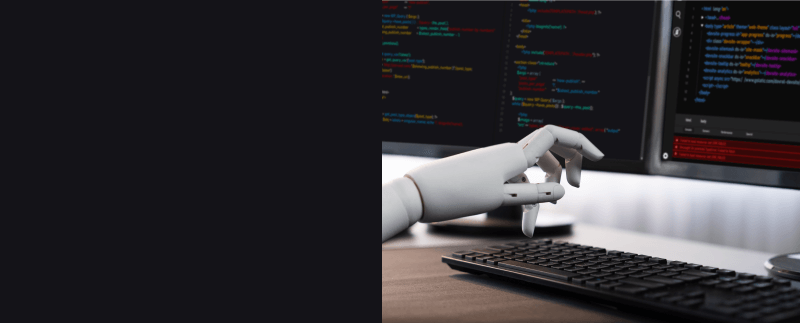Let’s start with three data points. In 2016, an Evans Data Corp study revealed that the biggest fear of programmers was to be replaced by AI. In 2017, a team of DOE (Department of Energy) researchers asserted that by 2040, machines will write most of their own code. In February 2023, the Bureau of Labor Statistics projected a 25% increase in software developer jobs, including quality assurance and testing, between 2021 and 2031, making it one of the fastest-expanding professions. Projections for the worldwide number of software engineers point to an even higher growth rate, from about 30 million developers in 2023 (estimates vary but are generally in this range).
How do we explain this apparent contradiction, and what does it mean for software development?
As we are getting into the era of LLMs (large language models) that can write code, expectations about AI developing software are growing. At the same time, independently, the software development cycle has changed with agile development, thus transforming the roles of software engineers. The demand for full-stack engineers is growing by the day, and this trend will likely continue. Because full-stack engineers must master a broad set of tools and languages, they are also apt to embrace what AI can offer, perhaps faster than traditional engineers.
We are not at a point yet where AI can write and productize software without human supervision, and there are unsolved practical problems. One of the best practices, in truth not always followed, is peer reviews. With tools like Bard, or Copilot, a developer or just about anyone can quickly generate many lines of code. This does not mean that this code is of good enough quality or even that it does what it is supposed to do; how you review the potentially huge amount of code produced and validate it is an open question.
And interesting concepts like self-healing code are more aspirational than concrete for most development teams.
There are intriguing areas where AI could have a very positive impact, such as the rewrite of paleolithic code written in Cobol, which has fallen out of favor and which few programmers still understand but still supports critical applications. For example, according to Reuters, 95% of credit card swipes run on Cobol code.
An essential fact is that the appetite for software is unsatiable. I am yet to find a product executive who doesn’t want more capabilities to sell, an engineering executive who doesn’t want to clean up their technical debt and modernize their code, and companies that do not have processes to retool and improve with software. Ask anyone, and you will always get a long list of things to do – also called a backlog.
All indications are that current outsourcing trends will continue and grow; EY forecasts that the number of global capability centers in India and the associated number of employees will grow sharply in the next years. This is also true for outsourcing hubs.
For most enterprises, adopting AI in software engineering will be a journey that they will accomplish with their outsourcing partners. This journey will require adapting to new practices, we will see productivity increases, some of which will go into cost efficiency, while most of it will go to delivering more, higher quality software.
- Categories
- Tags
- Archives
Subscribe For Updates
Get the Servion Blog updates in your inbox.











